
(stockfour / Shutterstock.com)
The weather is getting warmer and spring usually brings a reduction of energy use and lower utility bills. But this year is anything but typical with people sheltering in place and working or schooling from home.
This is shifting more electrical use into peak times because people are using computers, lighting, heating or cooling, and heavy electric-use appliances during the day. While the electrical grid in the US and other countries can handle the extra use because they are designed to provide electricity on even the hottest summer days; the big question is can people handle the extra charges on their electric bills?
While American utility companies have promised to keep the lights on and are not disconnecting customers for non-payment during the coronavirus pandemic, there are ways you can lower your energy use, utility bills, and be more eco-friendly at the same time. Here are seven tips to help you reduce energy use while staying at home:
Use Natural Light
The Consumer Energy Alliance recommends using natural light whenever possible by opening curtains and blinds in your home to let sunlight in. This will help to minimize the use of overhead lighting and desk lamps while you are working from home. Also remember to turn off lights when you leave the room.

(Elena Elisseeva / Shutterstock.com)
Switch to a Smart Power Strip
When you work from home, and have a computer, router, chargers, and printer plugged in, you’re using a huge amount of energy because even if they are on standby mode, these electronics still use power. Add children who are remote learning, and you are in for some higher bills. The Consumer Energy Alliance recommends using a smart power strip to make sure that your electronics aren’t drawing power when not in use. Another tip is to unplug anything you are not using at the time.
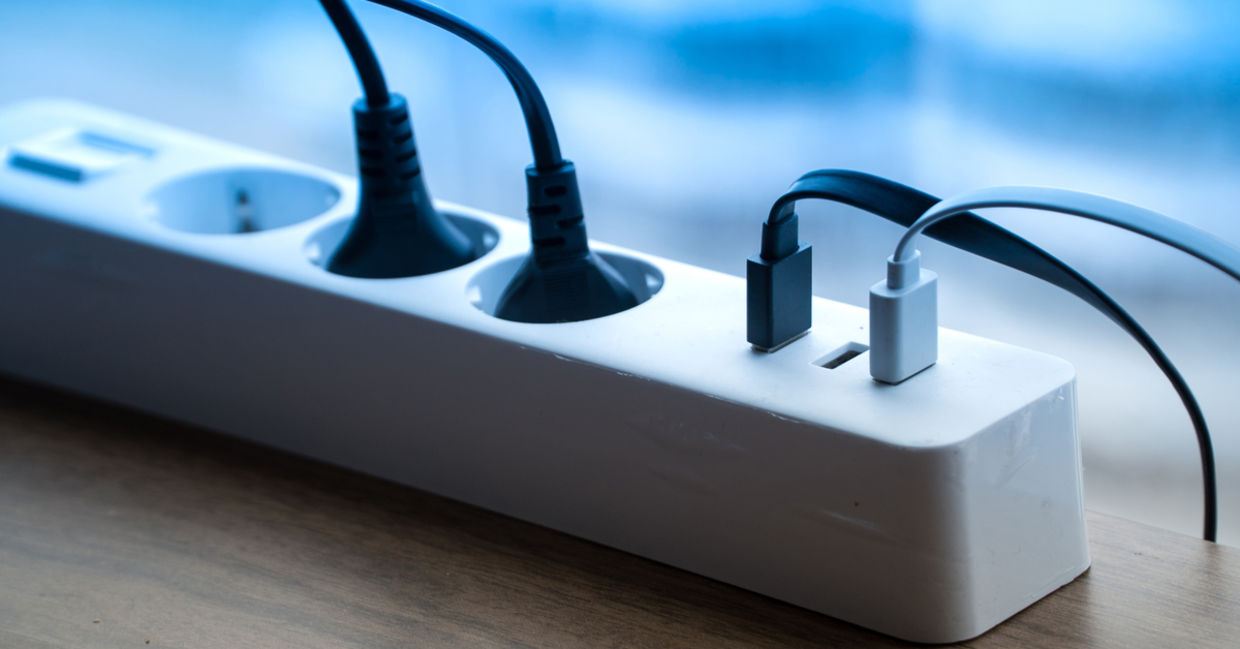
(chello700 / Shutterstock.com)
Replace Your Lightbulbs
While most people have already made the switch from old fashioned and energy hogging filament bulbs to CFL or LED bulbs, there are newer more energy efficient bulbs being produced according to the US government Energy Saver website. Turning off lights when not in use also increases the life-time of your light bulbs and saves on both bulb replacement costs and the electricity used.
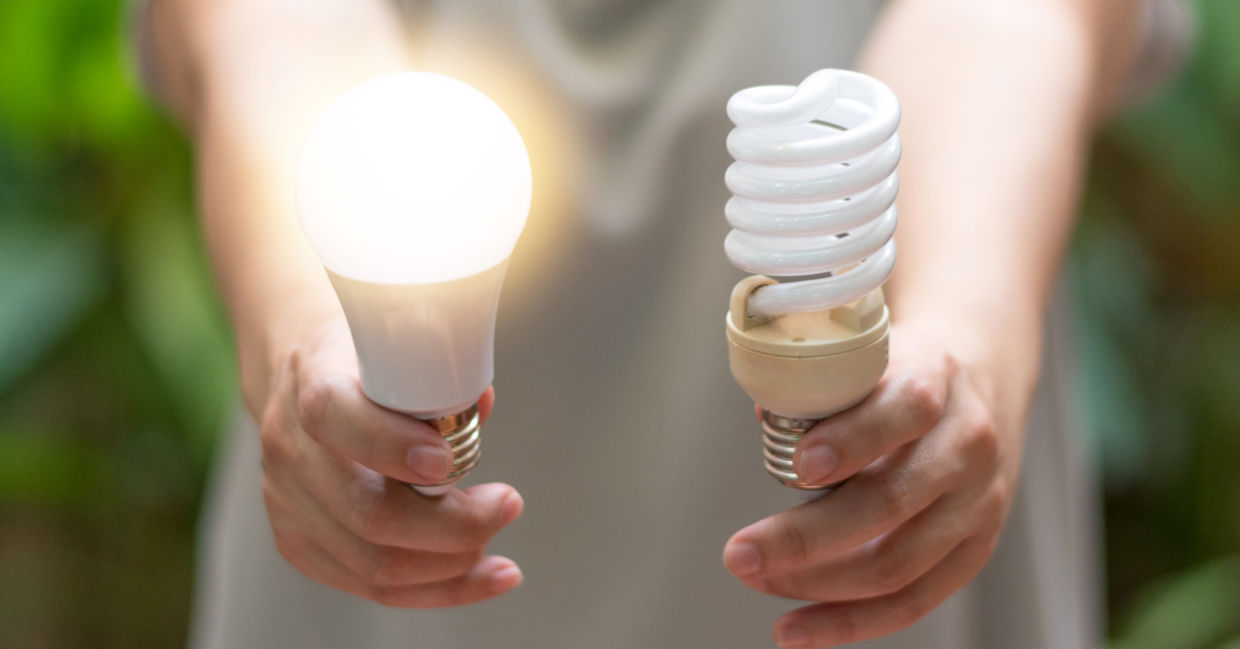
(BlurryMe / Shutterstock.com)
Cultivate Tech-Free Hobbies
Limiting screen time for yourself and your children, is a great way to cultivate tech-free hobbies that consume little or no energy. Use your stay-at-home time to find your inner artist, knit a sweater, take up French cooking, color mandalas, or start an indoor garden. Have quality family time by playing board games, jigsaw puzzles, or baking together.

(Twinsterphoto / Shutterstock.com)
Use a Smart or Programmable Thermostat
A smart thermostat can do more than just turn your heat down at night. The weather in spring is still unpredictable, but smart thermostat technology can adjust the temperatures automatically instead of manually so you never forget to turn it down at night or on a warmer day. If you are not into gadgets, you can use a programmable thermostat for heating and the auto setting on air conditioners and this will also help you save energy.
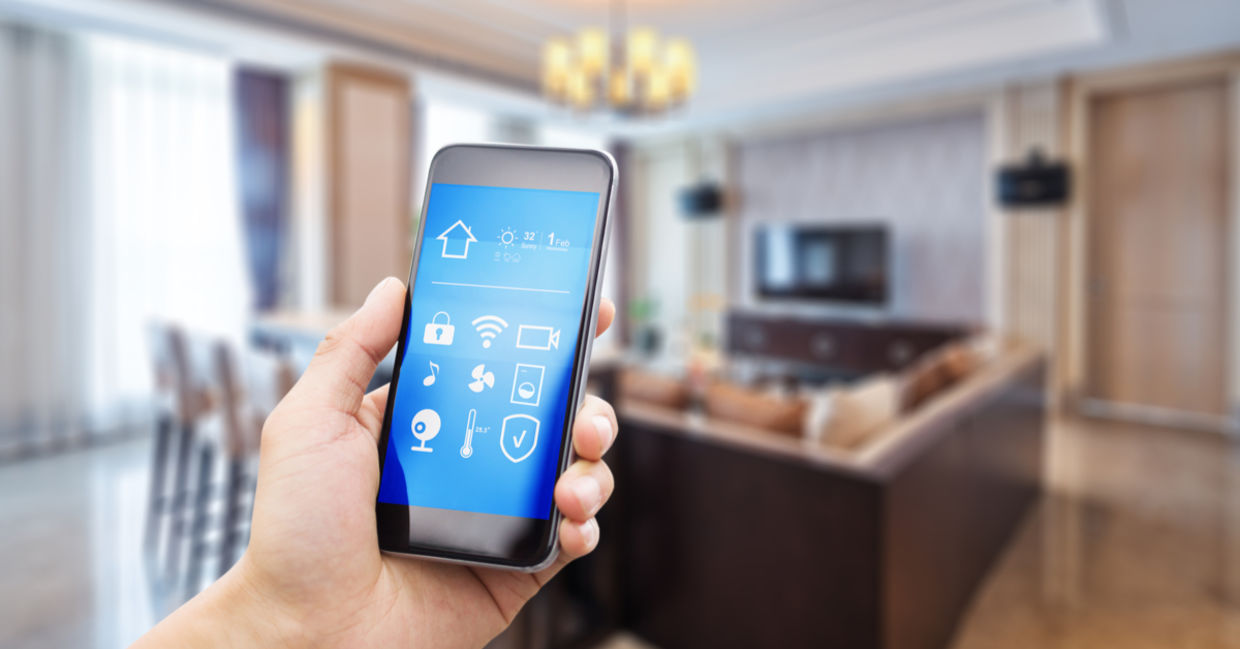
(zhu difeng / Shutterstock.com)
Install Window Tinting Film
Installing window tinting film is a great DIY project that will reduce heating and cooling costs. It is very easy to install. According to Best Consumer Reviews, this technique can reduce the amount of electricity you use by as much as 50 percent. Window film also reduces glare and makes it easier to see computer screens.
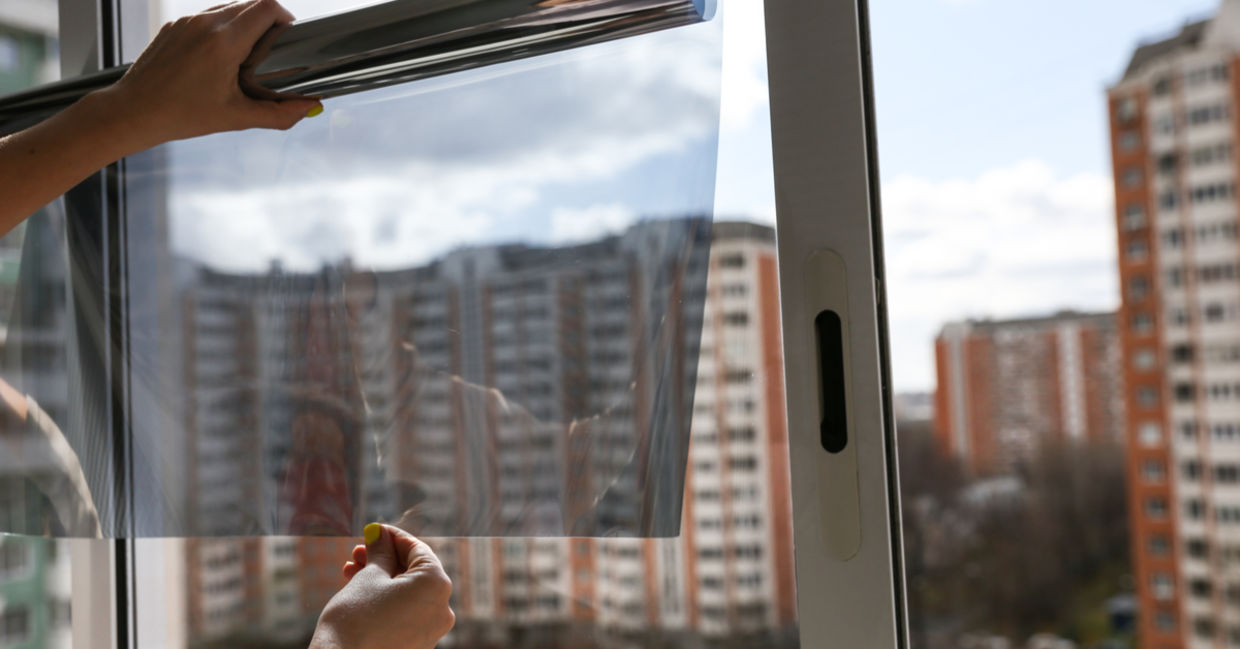
(Petr Smagin / Shutterstock.com)
Change Your High Energy-Use Appliance Habits
In the pre-stay-at-home life, people ran their washers, dryers and dishwashers in the evening, which is not peak use. Now that people are home – and eating at home – they are using these appliances during the day and that means peak hours usage that could translate into higher bills.
Here’s some tips from Regenerative on how to save money on running these household appliances efficiently. Make sure you always run full loads; a smaller load takes the same amount of energy as a larger one. Dry clothing outside whenever possible on a line or clothes rack. If you are using an electric or gas dryer, don’t overload it or it will not run efficiently.
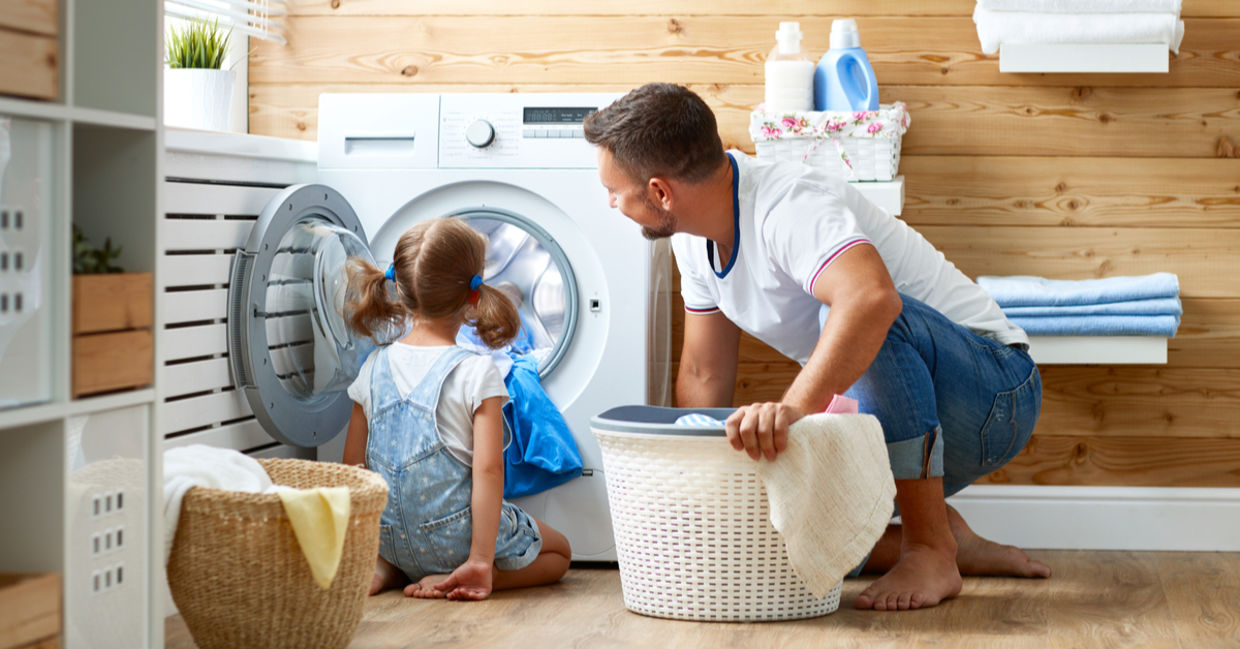
(Evgeny Atamanenko / Shutterstock.com)







